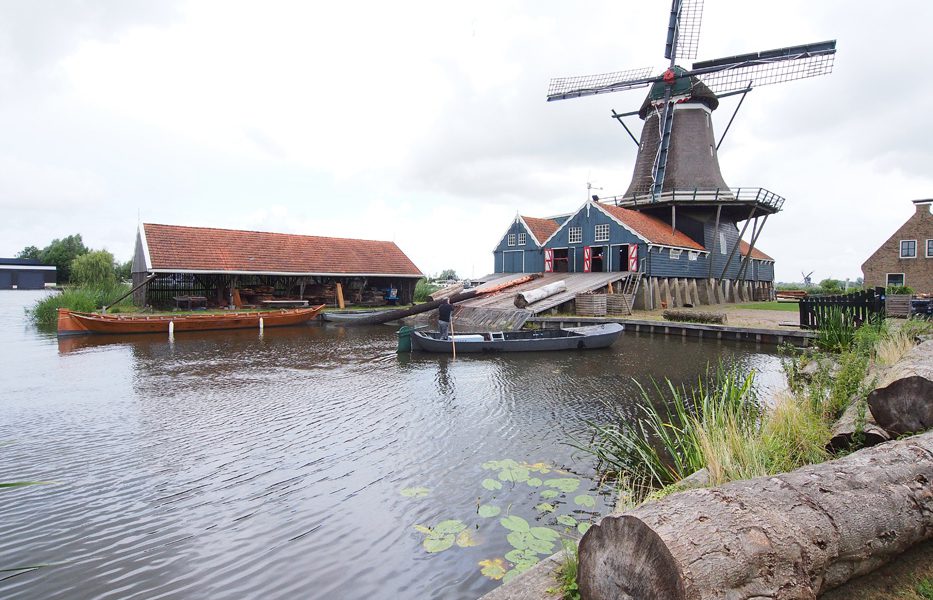City no. 3: IJlst – The wood city of Friesland
Until deep into the 20th century nearly everything in IJlst was centered upon wood. Wooden skates (houtjes), planes and chisels with wooden handles and wooden toys fabricated by Nooitgedagt (1865-1975). And, of course, wooden ships. This history has been made tangible in the museum and workshop Houtstad IJlst and in the impressive sawmill ‘The Rat’. In this sawmill (Zaandam, 1666; IJlst, 1828), which has been operational for over 300 years, huge tree trunks are still being processed into planks.
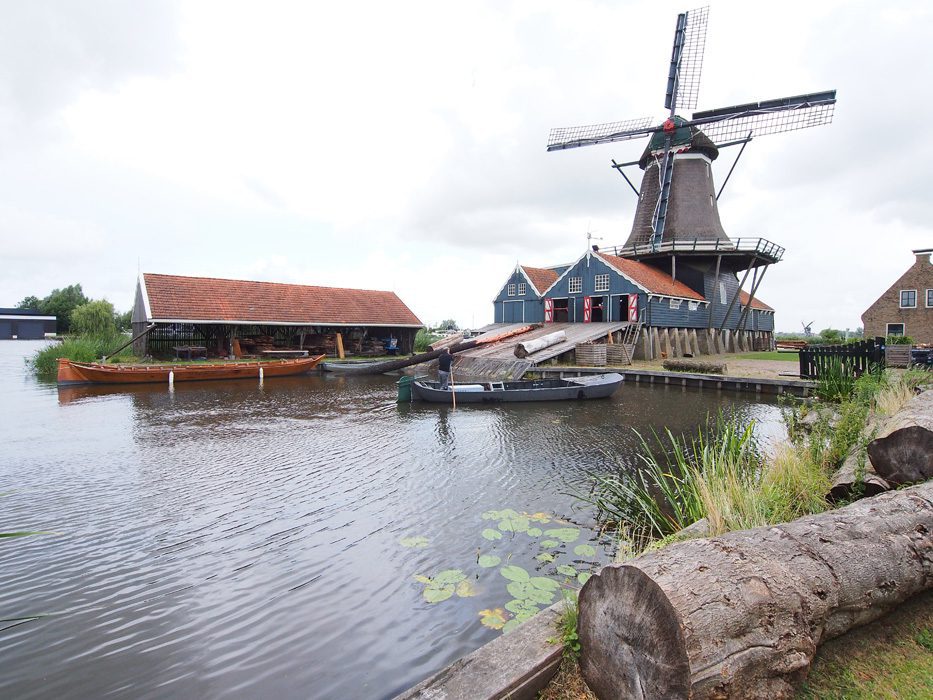
Wood sawmill De Rat – IJlst
IJlst, or as the Frisians say: Drylts, is situated several kilometres south of Sneek. The town gained city privileges in 1628. IJlst was the fourth Frisian city to gain such rights, following Stavoren, Hindeloopen and Harlingen. It originated on the Old Ee or Ye, a small river connecting the former Zuiderzee (now the IJsselmeer) and the Middelzee, which was drained in the Middle Ages. The name IJlst is derived from that of the river.
Due to its location at a three-fork crossroads of important waterways, the settlement soon developed into a town. Until deep into the 20th century waterways were the most important routes of transportation in Friesland. As in all the other Eleven Cities (all situated on waterways), there was a lively trade in milk, dairy produce and meat, delivered by boat from the surrounding countryside.
Kogge ships
The shipbuilding industry and trade in wood began to flourish in the 18th century. IJlst was mainly specialised in koggen, rather broad ships. Between 1200 and 1450 koggen were used for trading between the Hanseatic cities on the Baltic Sea and those on the North Sea, where Frisians also played an important role as shipbuilders and captains. The oldest known seal of IJlst dates back to 1496. It depicts a kogge. Many Baltic cities also feature a kogge in their city emblem.
Skating and climate change
In 1865 the innovative IJlster citizen Jan Jarigs Nooitgedagt starts with the production of ice skates and planes in his own attic. In 1898 he sends his two sons as apprentices to Germany to learn how to make skates. Nooitgedagt is worried about the competition and rightly so. Germany was much more advanced in the production of runners on a wooden base than the Frisians; their skates were made in a factory setting with great precision by machines.
Around 1930 the demand for ice skates increases explosively. Nooitgedagt (60 to 100 employees) manufactures ice skates non-stop and also imports them from Germany and Sweden in order to meet the huge demand. In the severe winters before the Second World War 7,000 pairs of skates are produced weekly. In 1956 the production of wooden skates increases to an unprecedented 80,000 pairs a year.
Dark clouds gather on the horizon above Nooitgedagt with the advent of the steel Norwegian-style speed skate (the noor), mainly fabricated in East Germany or Japan.
Nooitgedagt gets back in the game in 1959 and 1960 by investing heavily in the development and production of their own steel speed skates. In 1960 more than 45,000 pairs of speed skates are sold in addition to 75,000 pairs of wooden skates, ‘houtjes’.
However, global warming is beginning to make itself felt. The winters of 1964 and 1964 are dramatically mild. Nooitgedagt is left with huge stockpiles of skates. Precisely 100 years after the first wooden skates were manufactured in IJlst, the production of all types of skates comes to an end. In 1975 the last pairs of skates leave the warehouse. In the same year, the production of wooden toys, made from the scraps of wood left over from the manufacture of skates, is also terminated. Nooitgedagt then switches to the production of quality timber construction tools, such as chisels and measuring tools, but now that line of business too has become history.
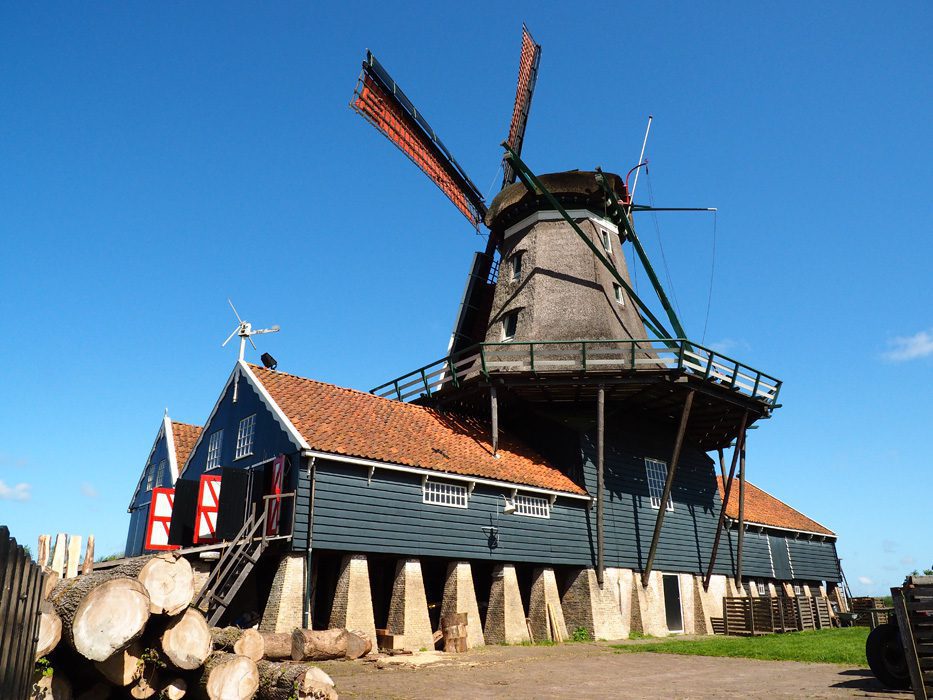
Wood sawmill De Rat – IJlst
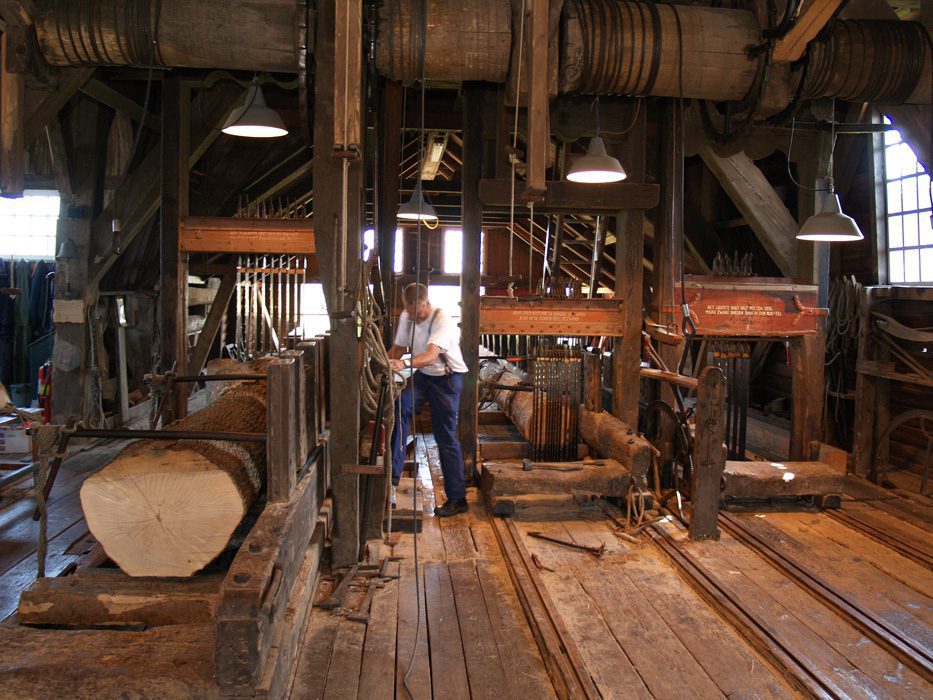
Wood sawmill De Rat – IJlst
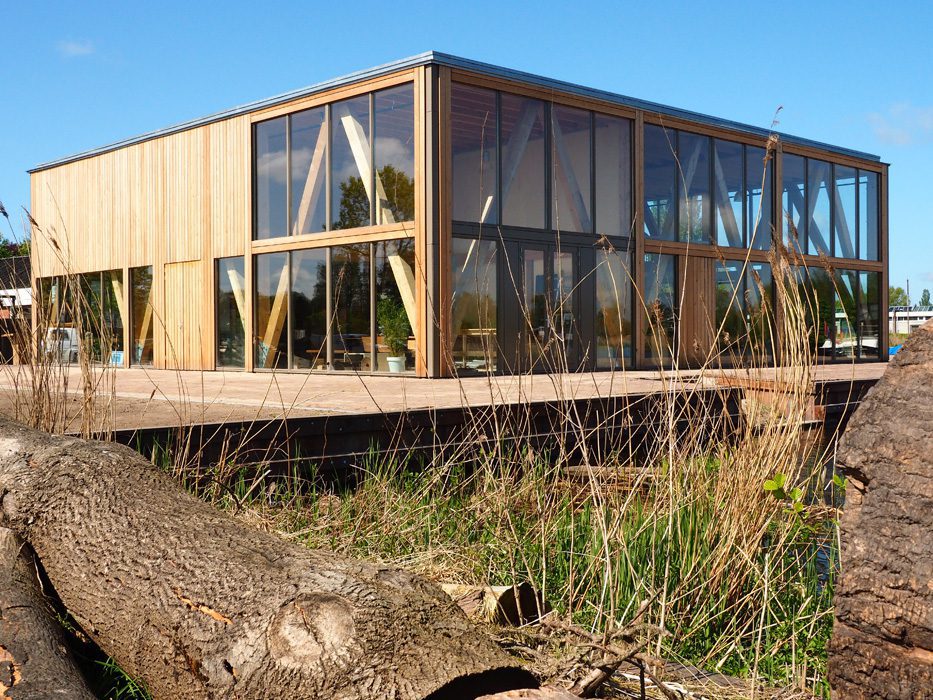
Museum work place Houtstad IJlst – IJlst
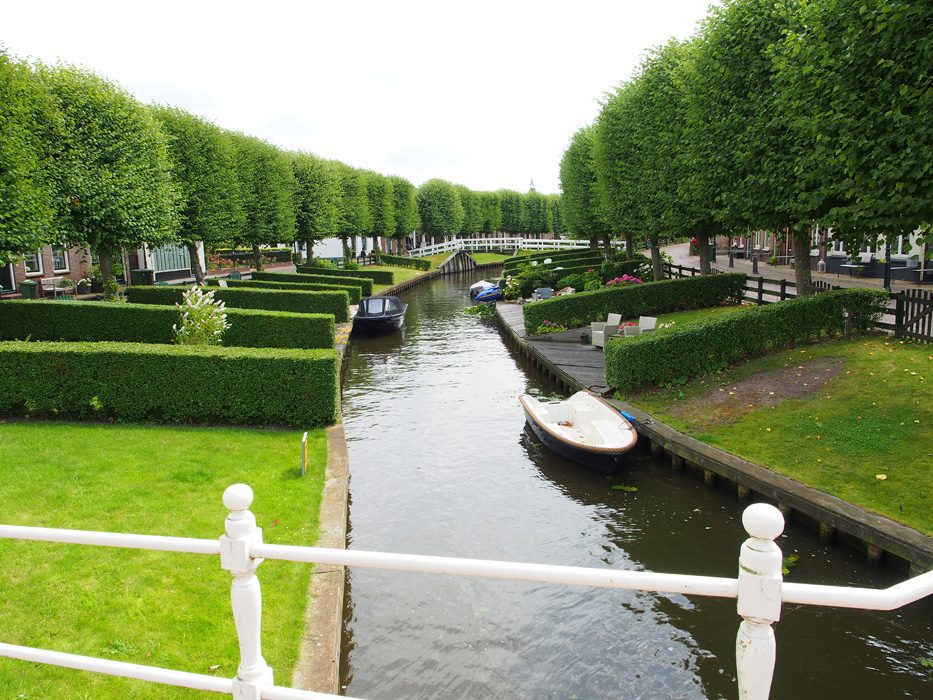
IJlst
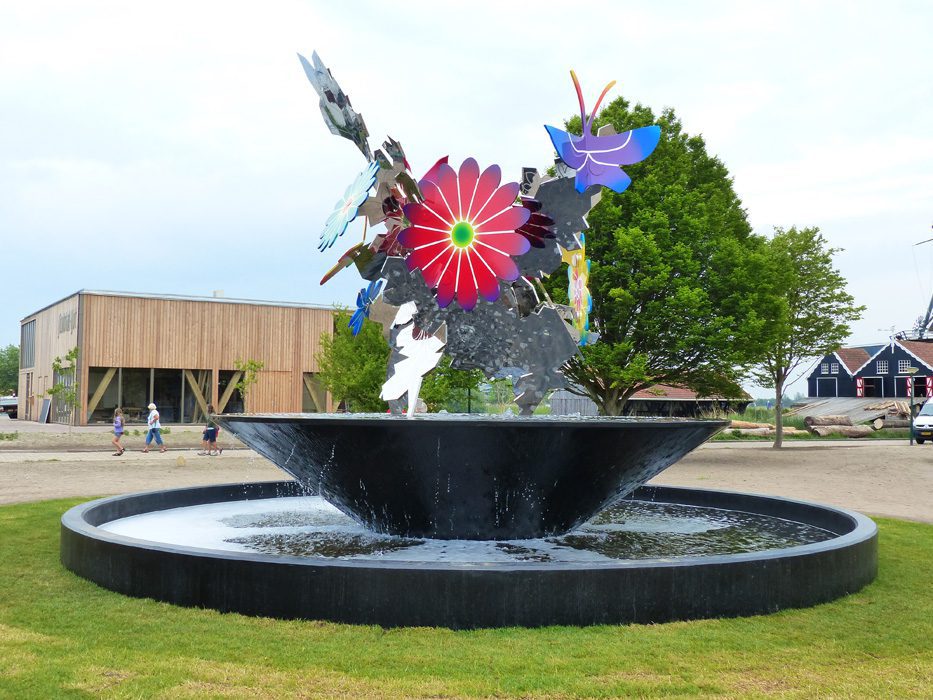
Fountain Immortal Flowers – IJlst
